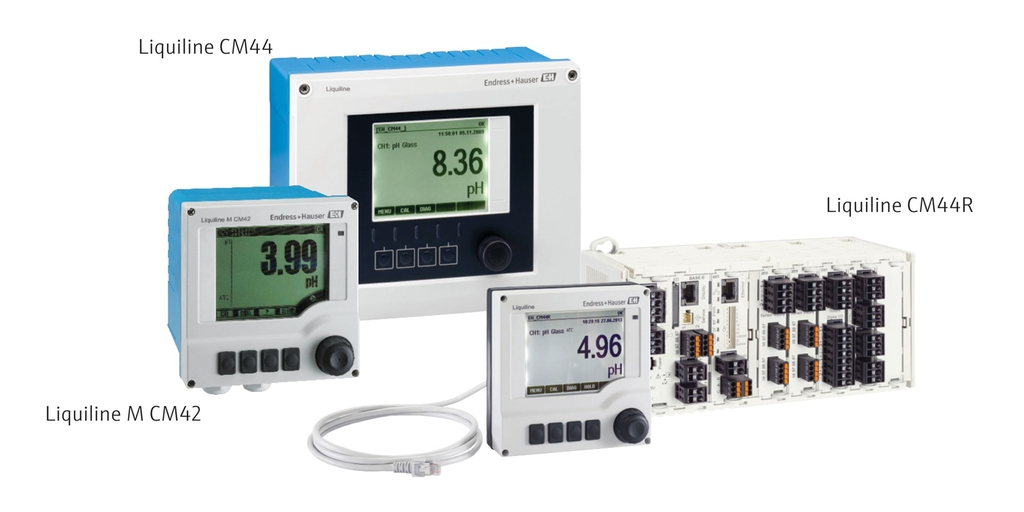Smart transmitters enable smart sensors
Integrating digital technologies made transmitters smart, with sensors following in their wake

Process instruments consist of two main components: a sensor and a transmitter. Before sensors could become smart, transmitters had to gain intelligence by adapting digital technologies because it would not have been practical, or sometimes even possible, to connect a smart digital sensor to a simple analog transmitter. As we move into the future, digital technology will continue to provide more information from instruments, with access from anywhere in the world.
Smart sensors
Instrument transmitters became smart by integrating digital technologies, paving the way for instrument sensors to acquire a similar level of intelligence.
Here are some benefits:
Instrument transmitters gained intelligence through HART and other digital communications, then sensors became smart
Smart instruments provide a wealth of data to host systems including secondary process variables, calibration information and diagnostics
Smart sensors extend smart transmitter benefits to the sensor level
